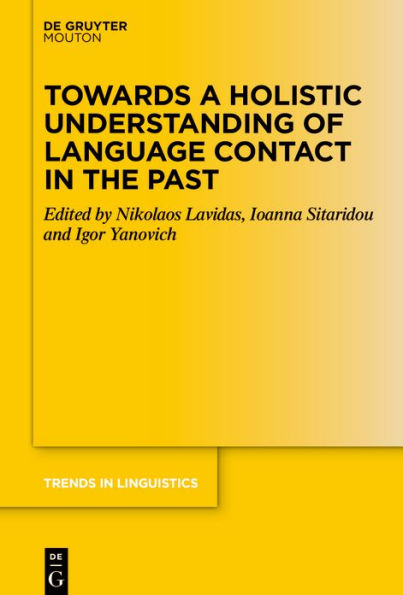The tendency to view grammar in isolation from multilingual settings is so pervasive that even modern approaches do not often overcome the monolingual paradigm. At the same time, the effects of language contact very clearly manifest themselves, as discussed in the literature on language contact, contact-induced and "shared" grammaticalization, sometimes resulting in areal patterns particularly relevant for linguistic typology. It appears that there continues to be an important gap between the fact of commonly happening grammatical transfer in language contact and our theorizing about such grammars. This gap needs to be narrowed and eventually closed for the sake of both theories of grammar and theories of language contact. In fact, one can take this further and ask the question: Do we really need a separate theory of language contact? The rather attractive alternative would be to reduce the effects of language contact to theories of language acquisition, sociolinguistics, external factors as well as more generalised cognitive mechanisms such as copy and analogy which once properly interwoven they can offer holistic explanations. The aim of the edited volume is to contribute to this and other related questions.
The tendency to view grammar in isolation from multilingual settings is so pervasive that even modern approaches do not often overcome the monolingual paradigm. At the same time, the effects of language contact very clearly manifest themselves, as discussed in the literature on language contact, contact-induced and "shared" grammaticalization, sometimes resulting in areal patterns particularly relevant for linguistic typology. It appears that there continues to be an important gap between the fact of commonly happening grammatical transfer in language contact and our theorizing about such grammars. This gap needs to be narrowed and eventually closed for the sake of both theories of grammar and theories of language contact. In fact, one can take this further and ask the question: Do we really need a separate theory of language contact? The rather attractive alternative would be to reduce the effects of language contact to theories of language acquisition, sociolinguistics, external factors as well as more generalised cognitive mechanisms such as copy and analogy which once properly interwoven they can offer holistic explanations. The aim of the edited volume is to contribute to this and other related questions.

Towards a Holistic Understanding of Language Contact in the Past
250
Towards a Holistic Understanding of Language Contact in the Past
250Related collections and offers

Product Details
| ISBN-13: | 9783110990263 |
|---|---|
| Publisher: | De Gruyter |
| Publication date: | 10/06/2025 |
| Sold by: | Barnes & Noble |
| Format: | eBook |
| Pages: | 250 |
| File size: | 3 MB |
| Age Range: | 18 Years |
